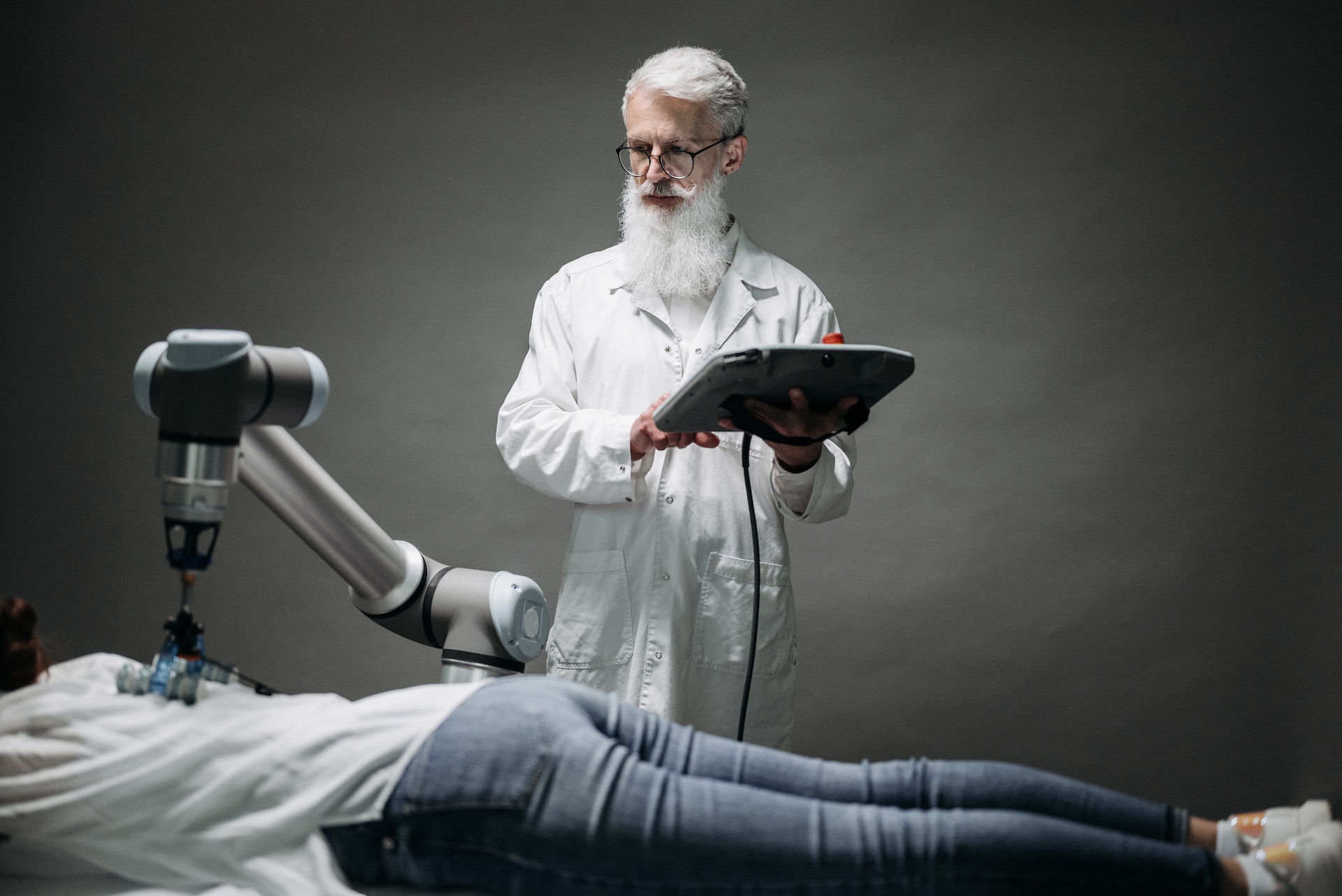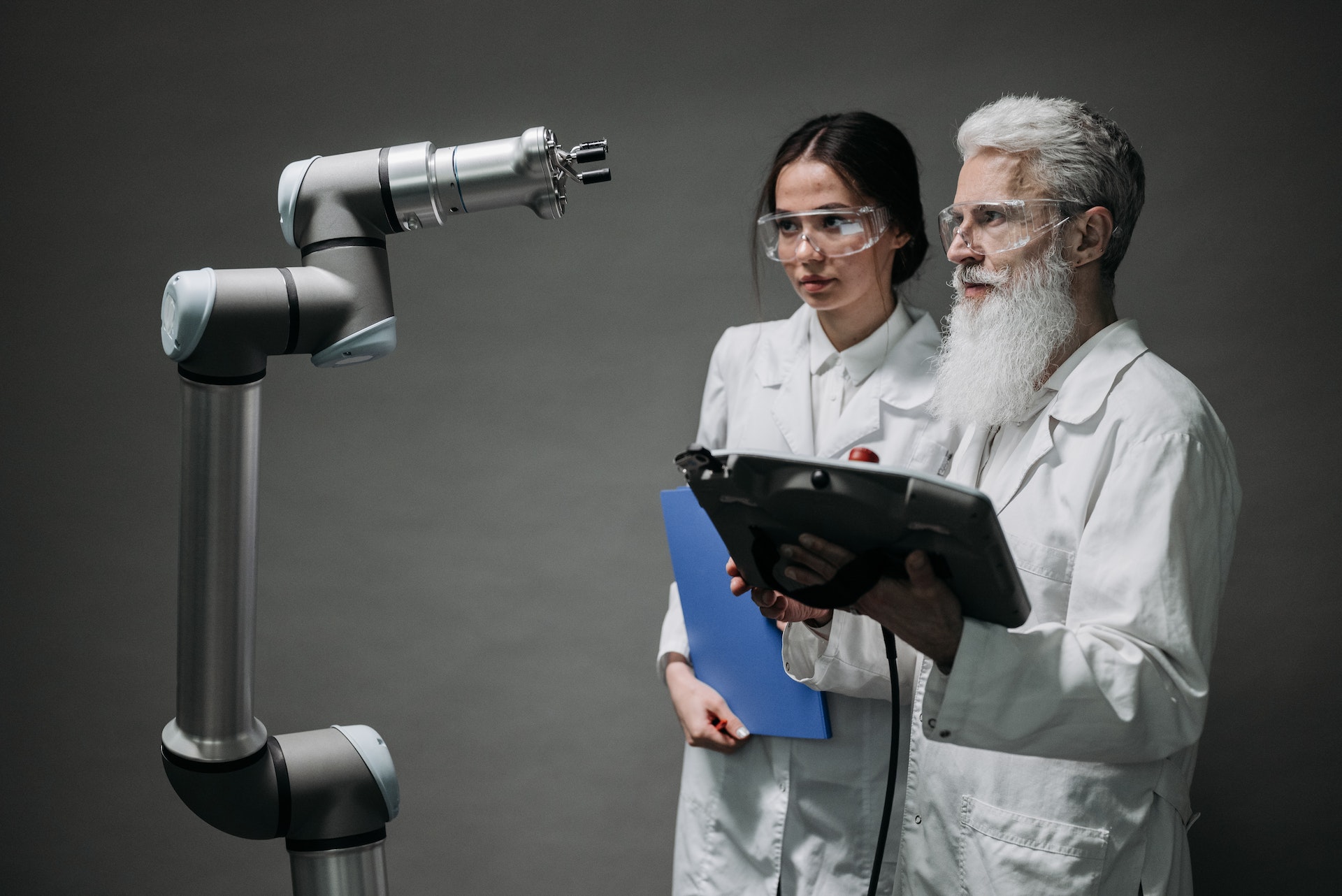In the modern era, where technological advancements are shaping the world around us, industrial robotics has emerged as a game-changing force across various sectors. With their precision, efficiency, and versatility, industrial robots have revolutionized manufacturing, automation, and countless other industries. This article explores the remarkable impact of industrial robotics, shedding light on their applications, benefits, and the future they are shaping.

The Power and Potential of Industrial Robotics
The Rise of Industrial Robotics
Industrial robotics represents the pinnacle of automation, seamlessly combining cutting-edge technology with mechanical precision. These robots are designed to perform a wide array of tasks in manufacturing, production, and logistics, reducing human intervention while increasing operational efficiency. From automotive assembly lines to pharmaceutical production, the application of industrial robots has become ubiquitous.
Applications of Industrial Robotics
- Manufacturing: The manufacturing sector has been profoundly transformed by industrial robotics. Robots are now responsible for tasks such as welding, painting, packaging, and assembly. Their tireless precision ensures high-quality outputs while reducing the risk of human error.
- Logistics and Warehousing: In the realm of logistics, robots have proven to be invaluable. Automated guided vehicles (AGVs) navigate through warehouses, efficiently moving products from one point to another. Drones are being used for inventory management and order fulfillment, optimizing supply chain operations.
- Healthcare and Pharmaceuticals: Industrial robots have found their way into healthcare, aiding in surgeries, medication dispensing, and even rehabilitation. In the pharmaceutical industry, they play a crucial role in high-precision tasks like drug testing and sample analysis.
- Agriculture: With the global population on the rise, the agricultural sector faces immense pressure to increase production. Robotic systems are being employed for planting, harvesting, and monitoring crops, leading to enhanced yields and resource management.
- Construction: Construction sites are adopting robots for tasks that are hazardous or labor-intensive. Bricklaying, concrete pouring, and site inspection can now be handled by robots, reducing the risks to human workers.
Benefits of Industrial Robotics
- Precision and Consistency: Industrial robots operate with unwavering precision, ensuring consistent output quality. This eliminates variations caused by human error, leading to enhanced product quality and reliability.
- Efficiency: Robots work tirelessly around the clock, boosting production efficiency and reducing downtime. This not only accelerates manufacturing processes but also leads to cost savings in the long run.
- Safety: Dangerous and repetitive tasks that pose risks to human workers can be offloaded to robots, thereby enhancing workplace safety. Human workers can then focus on more complex and creative tasks.
- Cost Savings: Despite the initial investment, industrial robots offer a substantial return on investment. They lead to reduced labor costs, minimized waste, and optimized resource utilization.
- Scalability: Industrial robots can be easily reprogrammed and adapted to new tasks, making them versatile assets that can evolve with changing industry demands.
The Future of Industrial Robotics
The trajectory of industrial robotics points toward a future of unprecedented innovation. As technology continues to evolve, robots will become even smarter, more collaborative, and seamlessly integrated into various industries. Artificial intelligence and machine learning will enhance robots’ decision-making capabilities, enabling them to handle complex tasks with minimal human intervention.
Conclusion
Industrial robotics is not just a technological advancement; it’s a paradigm shift that is reshaping industries across the globe. With applications ranging from manufacturing to healthcare and beyond, these intelligent machines are driving efficiency, quality, and safety to new heights. As we stand on the brink of a robotic revolution, embracing and harnessing the power of industrial robots will be the key to staying competitive and leading the way into a more automated future.

